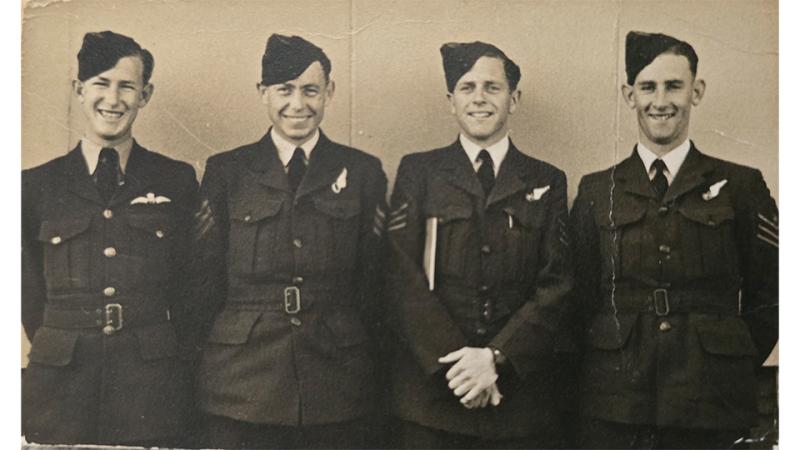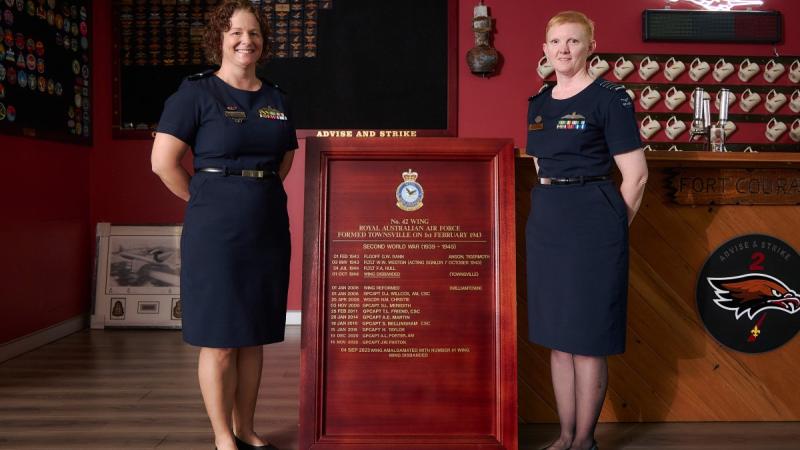25 February 2021
Members of the Australian Defence Force and the United States Marine Corp held services in the Northern Territory on February 19 to commemorate the bombing of Darwin in 1942.
On the same day 79 years ago, 240 people died, 500 were injured, 30 aircraft were destroyed and 11 ships sunk during the attack by Japanese aircraft, in what has been described as ‘Australia’s own Pearl Harbor’.
Many of the same ships and aircraft used in the attack on Pearl Harbor took part in the bombing, the largest single attack ever mounted by a foreign power on Australian soil.
Ceremonial support for the commemoration included the Band of the First Brigade, and a catafalque party, colour guard, flag party and military escort were provided by all three services and the Marine Force Rotational – Darwin.
Gunners from the 103rd Battery of 1st Brigade’s 8th/12th Regiment, Royal Australian Artillery performed a re-enactment of the defence of Darwin, joined by Armidale-class patrol boat HMAS Glenelg in the waters of Darwin Harbour and the RAAF conducted a flypast with an F/A – 18A Classic Hornet from No. 75 Squadron.

An M2A2 105 mm Howitzer crewed by gunners from 103rd Battery, 8th/12th Regiment, Royal Australian Artillery, fires during a re-enactment of the bombing of Darwin as part of the commemoration. Photo: Corporal Rodrigo Villablanca
Largest among the ships sunk during the bombing of Darwin was the United States Navy destroyer USS Peary, with the loss of 80 lives.
The United States Embassies and Consulate Chargé d’Affaires Michael Goldberg said it was a loss “that sticks in the hearts of all of us”.
“The crew of the USS Peary were young, many in their teen years. In this attack they found terror, they found horror but they held on and manned their stations till the end,” he said.
“The fact that the United States Navy were present at this, the first attack on Australian soil, is symbolic of the long lasting and resonant relationship between our countries. Australians have served side by side with Americans in every major conflict since World War Two and this shared history is foundational to the resilience of this continued alliance.”
Thousands gathered at the Darwin cenotaph to commemorate the event, including ADF veterans, foreign dignitaries, senior government officials, serving members and Darwin locals.
The Mayor of Darwin, Kon Vatskalis, said the city had a unique military history.
“This cenotaph and the Darwin Esplanade is the only commemorative site in Australia in which a battle was fought in defence of Australia. This is the place where the war came to us,” he said

Commander 1st Brigade Brigadier Ash Collingburn and United States Marine Corps Major Kevin Kapuscinki salute at the memorial. Photo: Corporal Rodrigo Villablanca
“Since 2011, the bombing of Darwin commemoration has become a national day of service. It is a time to reflect and to learn and tell stories of heroism to younger generations as well as to educate future generations about the horrors of war and senseless loss of life to ensure that they understand the importance of preserving peace.”
At 09.58 am the air raid siren sounded, just as it did on that fateful day, and members of the 103rd Battery of 1st Brigade’s 8th/12th Regiment, Royal Australian Artillery led the re-enactment. In period attire, the gunners fired from four Vietnam-era M2A2 artillery pieces and numerous machine guns.
Bombardier Matthew Khann was excited to participate in the commemoration activities for the first time.
“I have learned a lot more about the bombing of Darwin since moving up here at the start of 2019. You can’t really understand the detail of devastation or the depth of its significance until you’ve been here,” he said.
“The M2A2 Howitzers we use are a lot easier to operate than modern artillery, because they have less moving parts. They’ve been out of service for more than three decades now so there is a real heritage to their use in this commemoration activity.”


